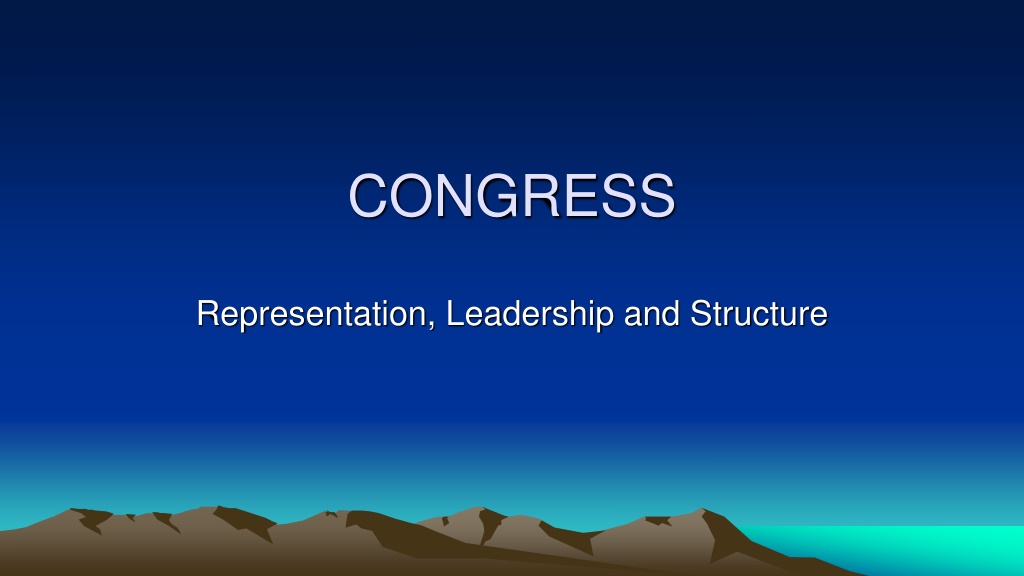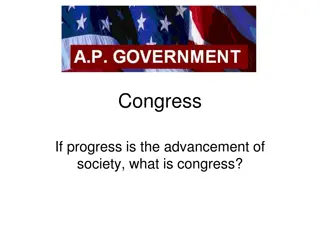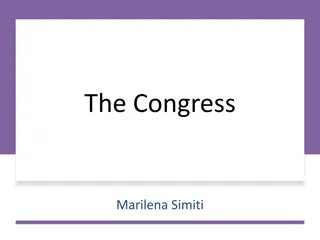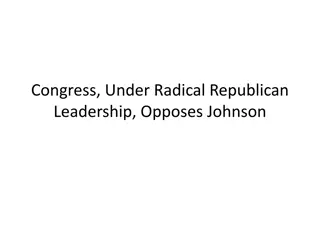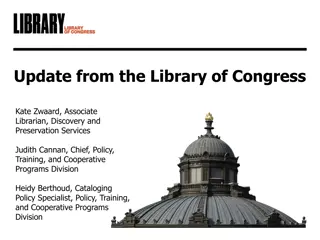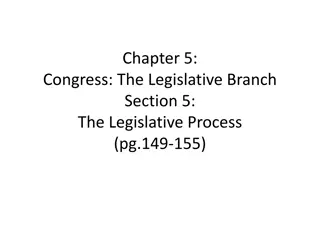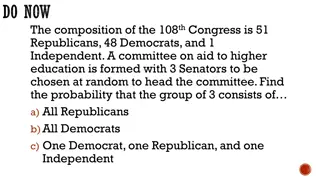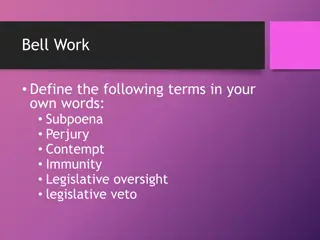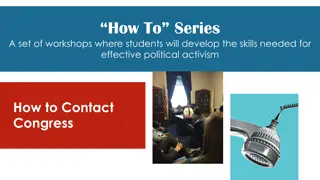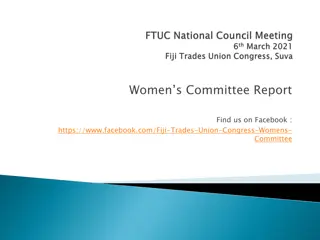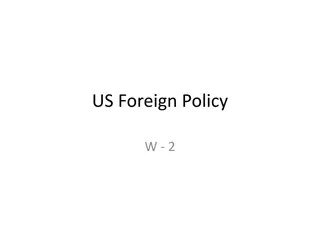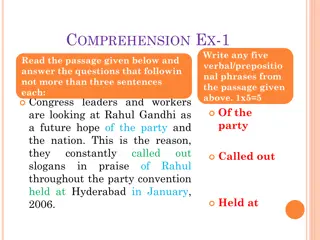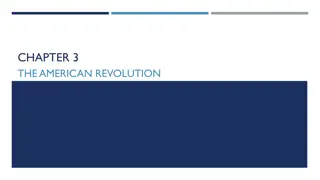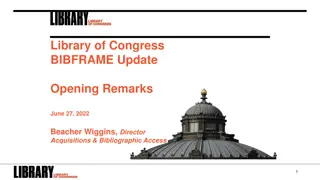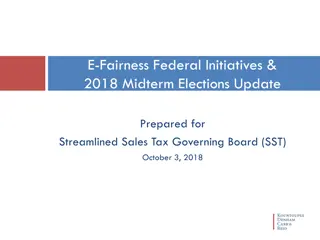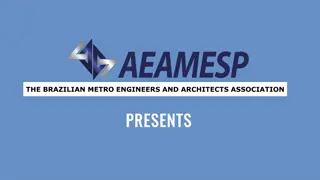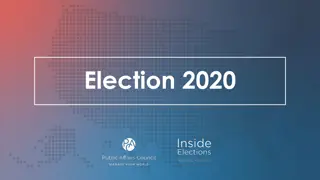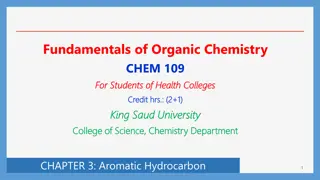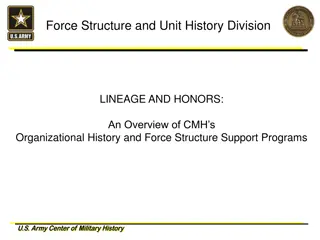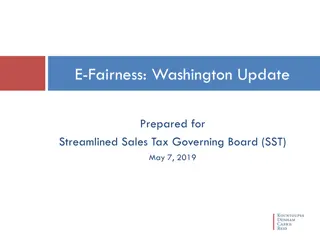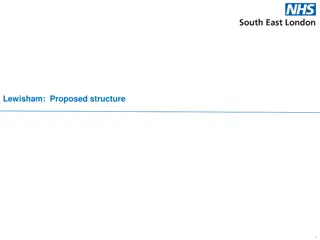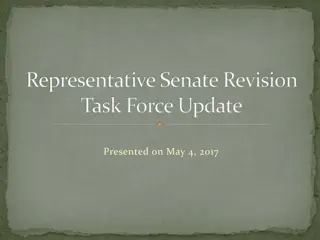Understanding the Structure and Challenges of the US Congress
The US Congress, established as the first branch of government, embodies the principle of popular sovereignty. However, challenges such as increasing reliance on deficit spending, failure to pass key legislation, and low public approval due to processes like filibustering have raised questions about its effectiveness. The representation in Congress reflects theories of trustee and delegate, with a focus on local interests. This content also explores the differences between the House and Senate in terms of size, rules, leadership structure, and responsibilities.
Download Presentation

Please find below an Image/Link to download the presentation.
The content on the website is provided AS IS for your information and personal use only. It may not be sold, licensed, or shared on other websites without obtaining consent from the author. Download presentation by click this link. If you encounter any issues during the download, it is possible that the publisher has removed the file from their server.
E N D
Presentation Transcript
CONGRESS Representation, Leadership and Structure
Congress Framers established a bicameral Congress to be the first branch of government and to create a system of Congressional government. Congress embodies the principle of popular sovereignty government by the people.
Question How would your rate the overall effectiveness and responsiveness of Congress today?
Publics Approval of Congress What explains low public approval?
The Broken Branch? Increasing use of the filibuster tripled since 1980 Tedious process to pass bills Failure to pass immigration reform and gun control legislation Federal government shut downs in 2013 and 2018-2019 Congress s increasing reliance on deficit spending
Representation Reflects principle of popular sovereignty Theories of representation Trustee theory representatives vote for what they think is in the national interest Delegate theory representatives vote as directed by their constituents
All Politics is Local Former speaker Tip O Neil s observation House members run for election in mostly small, locally based districts. therefore more attention is placed on locally based interests over broader, more national interests delegate theory of representation
House-Senate Differences House: Larger 435 members More rule-governed House Committee on Rules (none in Senate) Stronger leadership structure 2-year terms Local constituencies Revenue bills start here Impeachment charges made here
Senate Differences Smaller 100 members Higher national stature More collegial and informal, with fewer rules More individualistic; leading is like herding cats 6-year staggered terms slower to change Confirms presidential appointments and treaties Impeachment trials take place in Senate Filibuster rule
Speaker Leader of the House Mike Johnson
House Majority Whip Tom Emmer (R-MN) Tries to get rank and file members to vote together Lets majority leader know if there are problems in the ranks
House Minority Leader Hakeem Jeffries Role of minority leader is to lead the opposition, try to prevent passage of majority party legislation, and win back a majority in the House
President of the Senate Does not vote, does not really lead Sometimes casts tie-breaking vote Pence cast 13 tiebreakers in 2017-18 when Senate was split 51-49 Harris has cast 33 tie breaking votes
President Pro Tempore Patty Murray, D-WA Oversees Senate floor meetings, maintains order during debate and votes but has little real power
Majority Leader Chuck Schumer, D-NY Leader of the Senate majority Sets the Senate agenda
Senate Minority Leader Mitch McConnell, R-KY Leader of the minority party Lead the opposition
Committee Structure and Functions 19 standing committees in House, 16 in Senate; Divided into subcommittees Permanent committee that regularly meets Major legislative detail work done in committees Other functions include oversight of executive branch agencies and investigations Chairman (chosen by majority party) controls the agenda
Party Caucuses and Committees All members of Democratic Party or Republicn Party in House or the Senate Meet to elect party leaders and committee chairs, assign members to committees, set agenda, plan strategy. Special party committees for assisting with campaigns and policy development
Special Caucuses Informal groups of like minded members Examples: Black, Hispanic, Blue Dog, Problem Solvers (Reed), Tuesday Group, Asian Pacific, Freedom and New Democratic Caucuses
Conclusion Congress consists of hundreds of representatives from throughout the country with diverse interests and backgrounds. Congressional leadership and committees are necessary to help Congress deal effectively with the wide variety of legislation that they must consider.
